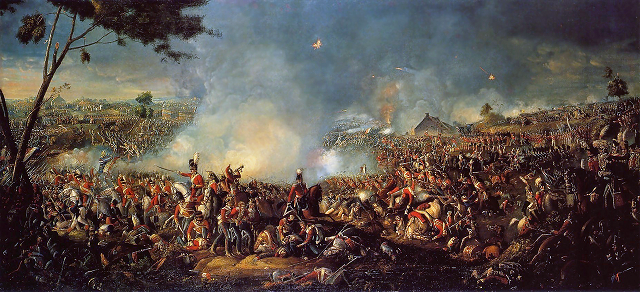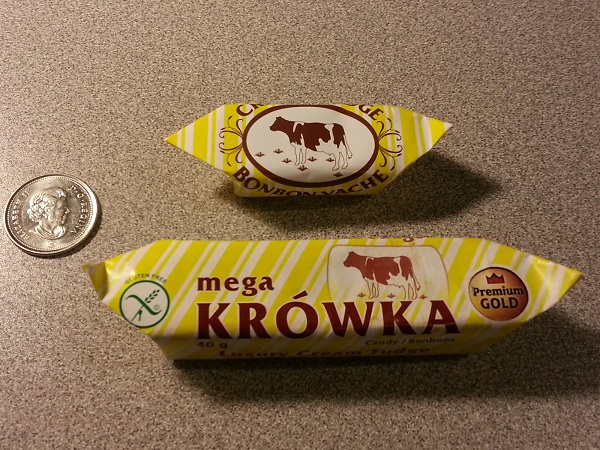Someone on Quora asked if hackers really need multiple computers. Well… I am not technically a hacker (in the bad sense of the word) as I do not use my skills for illicit purposes, but I certainly have multiple computers, as this panoramic picture taken from my home office chair demonstrates:

Here is what’s in this picture:
- Two older, dual-core workstations that I still keep hooked up for test purposes.
- A monitor (currently off) with a KVM connecting the four computers on this desk. Under the monitor, three laptops (my current travel laptop, a still more or less current netbook, and an older laptop that I don’t really use anymore.)
- Two more computers: my main server and its standby backup. On top, a wireless access point; behind (not visible) two network routers and several concentrators, as well as an older monochrome laser printer. Behind on the floor, there is also a UPS.
- Underneath it all: several cardboard boxes containing vintage calculators and various bits of computer parts.
- A filing cabinet. (On top, not seen, some radio frequency equipment, a multi-standard VHS VCR that I still occasionally use to digitize old videos, and a turntable record player.)
- Several pieces of radio frequency test equipment, owned by one of my clients. On top (not visible) my tablet.
- Underneath, my main workstation, with 2×24 TB (mirrored) external storage. A UPS is behind the workstation.
- My main monitor and keyboard. Under the monitor, a photo printer, and my old smartphone (still functional, with a data-only SIM card that I keep as a backup Internet connection. My current smartphone is the one I used to take this picture.)
- A laser printer and scanner. Underneath, under the desk, some boxes of paper, manuals, etc.
- My “hardware” desk, with boxes of parts, a soldering iron, a test power supply, a couple of multimeters and other equipment. Under the desk (not seen) more computer parts and more radio equipment.
- My secondary monitor and keyboard. An oscilloscope is sitting under the monitor.
- Two more computers: an older Windows 98 machine that I keep around as it can connect to legacy hardware (including the old “winprinter” style laser printer seen here, as well as an EPROM programmer) and a backup of my main workstation. A UPS is also visible.
Not seen in this picture (behind me and/or above) are bookshelves full of technical books and literature, folders containing MSDN subscription CDs/DVDs, three additional older computers (not hooked up, but functional) and additional computer parts, lots of cables, etc.
Most of this equipment is “in use”. Out of the 7 desktop computers shown, three are currently powered (but two are powered 24/7, a server and my main workstation.)



